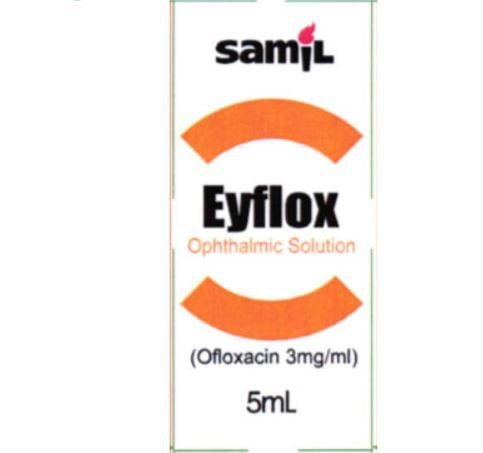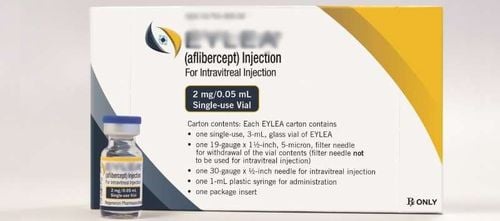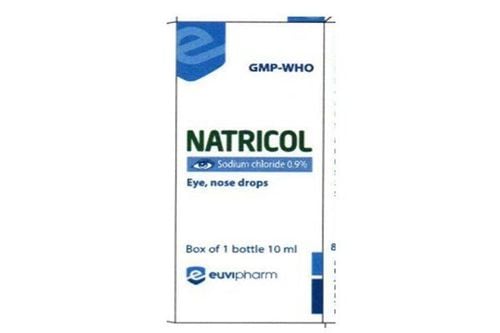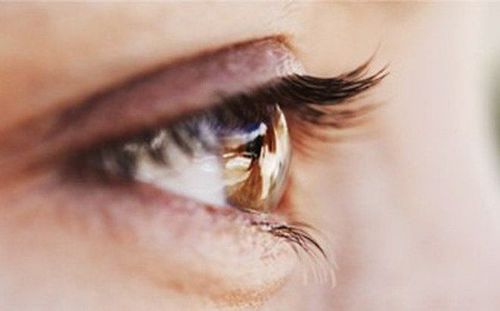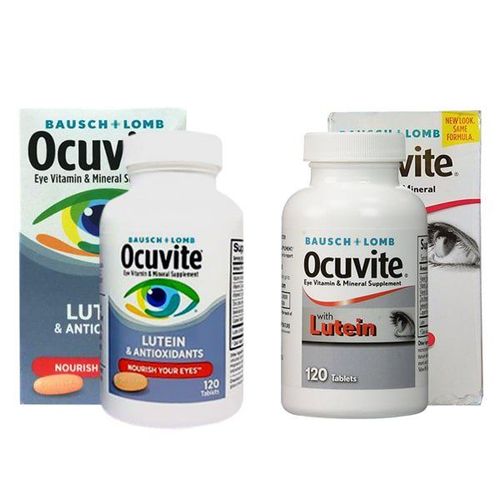This is an automatically translated article.
The article was professionally consulted by Specialist Doctor II Nguyen Thai Hung - Department of Medical Examination & Internal Medicine - Vinmec Danang International Hospital. Specialist II Nguyen Thai Hung has 13 years of experience as a doctor treating eye diseases.1. General overview of age-related macular degeneration (AMD)
If you have vision problems or have been diagnosed with age-related dry macular degeneration (AMD), your doctor may recommend testing you for wet AMD.The macula is the part of the retina at the back and center of the eye. It allows you to see everything right in front of you, be it central vision or directly in front of it, as well as color and fine details.
With wet AMD, abnormal blood vessels grow under the macula and leak blood and fluid. That leak can damage the macula and cause vision problems. That's why your doctor may recommend wet AMD testing if you notice your vision is blurred or objects look distorted or curved (for example, if a straight line looks wavy). with you). While these vision problems are a sign of wet AMD, they can also be a sign of other eye conditions.

2. How is age-related macular degeneration diagnosed?
First, your eye doctor will talk with you about your health history, including any vision problems you have, and ask you about your family's health history. The doctor will then do a complete eye exam, which may include:Vision test, which uses an eye chart to check how clearly you see at different distances. Measure refraction. You will look through a series of lenses to determine which glasses and contact lenses can improve your vision. Glaucoma screening, which measures the pressure inside your eye. Your doctor will also do other tests used to diagnose wet and dry AMD. These include the following:
A retinal exam, which allows your doctor to examine the retina at the back of your eye. You will likely be given eye drops to widen (dilate) your pupils. The doctor will then use a special magnifying lens to look at the optic nerve and retina for blood, fluid, and evidence of drusen. (Drusen are yellow spots that usually form under the retina.) These are all signs of AMD.

Fluorescein angiography: With this test, your doctor injects a fluorescent dye into your arm, to check for blood vessels for leaks in your eye or other changes to your retina. Because that could be a sign of AMD. Because this test can sometimes cause complications, like nausea or an allergic reaction, your doctor may not do it during regular eye exams.

Vinmec International General Hospital is one of the hospitals that not only ensures professional quality with a team of leading medical doctors, modern equipment and technology, but also stands out for its examination and consultation services. comprehensive and professional medical consultation and treatment; civilized, polite, safe and sterile medical examination and treatment space. Customers when choosing to perform tests here can be completely assured of the accuracy of test results.
If there is a need for consultation and examination at the Hospitals of the National Health System, please book an appointment on the website to be served.
Reference article source: webmd.com
Please dial HOTLINE for more information or register for an appointment HERE. Download MyVinmec app to make appointments faster and to manage your bookings easily.





